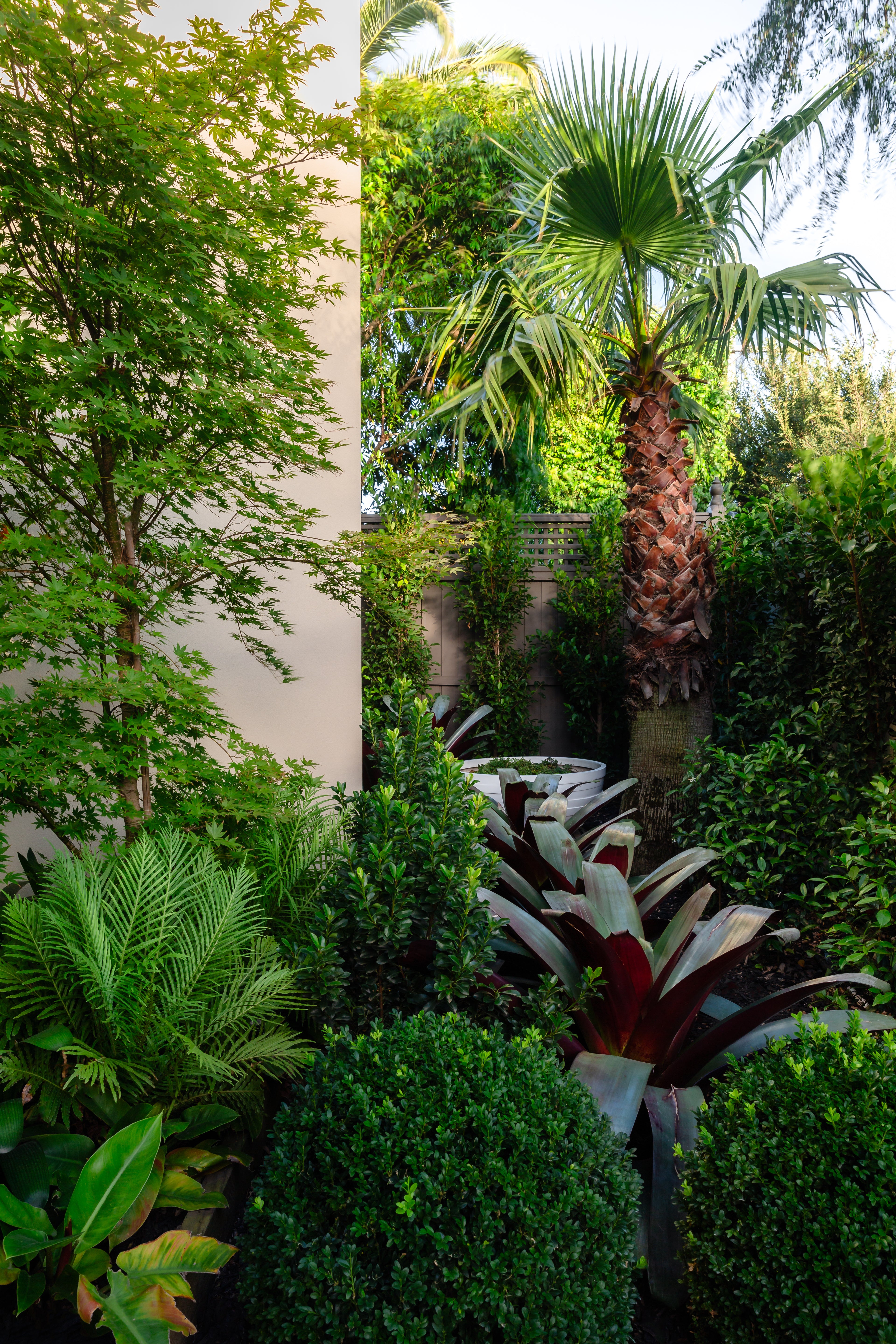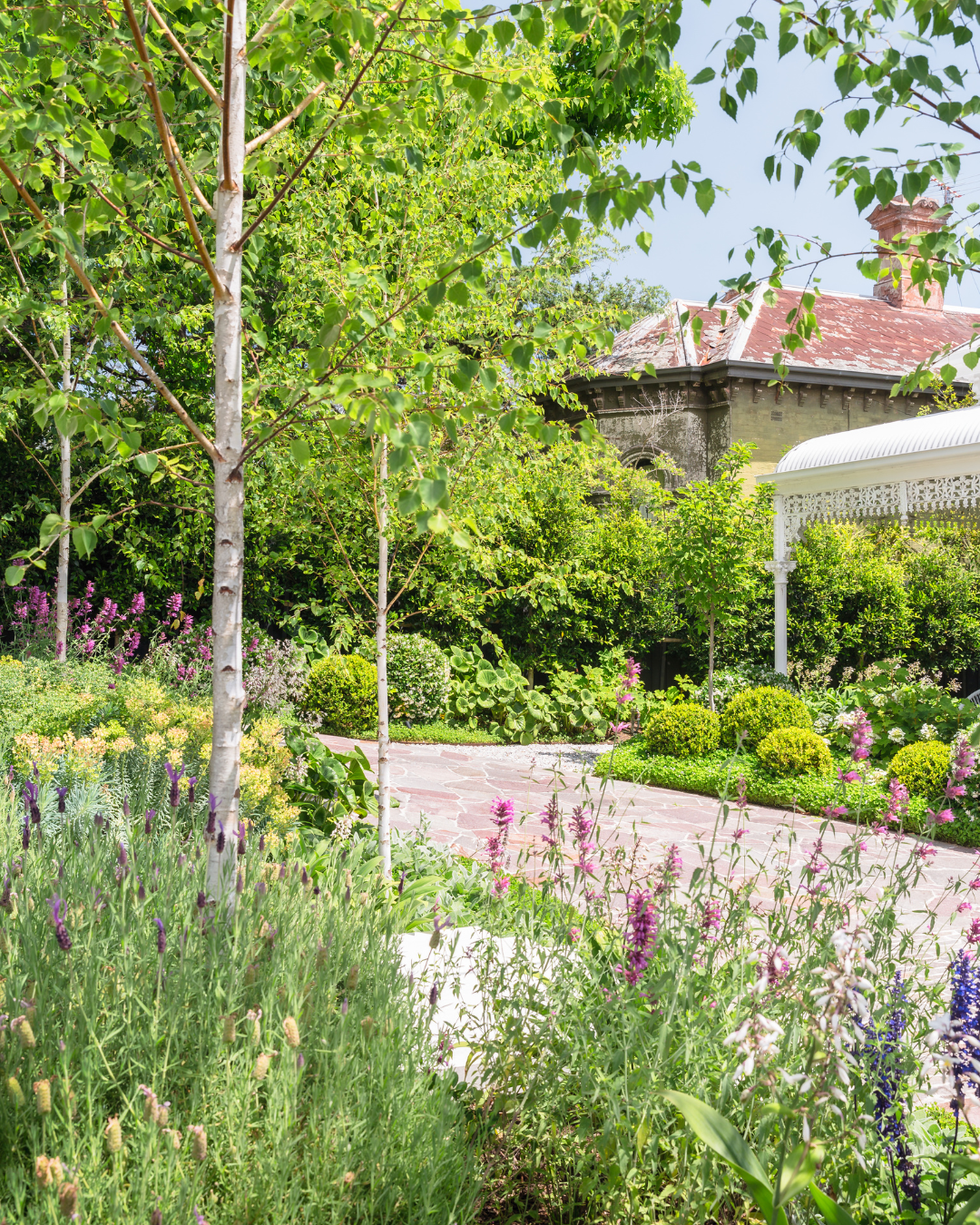Soil Types: Tolerates Acid Soil, Alkaline Soils, Clay Soils and Sandy Soils
Growth: Fast growth rate
Maintenance: Banksia Integrofolia are low maintenance
Tree type: Evergreen Shrub
Trees/ Plants Suitable as: Coastal hedging plant, Feature Tree, Shrub
Origin: Australian Native
Environment to plant: Coastal Positions/ Coastal Sites
Banksia integrifolia, commonly known as coast banksia, is a species of tree that grows along the eastern coast of Australia. A member of the genus Banksia in the family Proteaceae, it was one of the first banksias to be described and is one of the most widespread. Another common name, honeysuckle banksia, alludes to the resemblance of its flowers to those of the unrelated genus Lonicera. "Banksia" was named after Sir Joseph Banks, while "integrifolia" comes from Latin and means "entire-leaved".
Coast banksias typically grow as gnarled trees up to 25 metres tall, but can occasionally reach 35 metres. They have smooth grey bark, which is shed in long strips, revealing the orange or yellow young bark underneath. The new growth is covered in a fine down of short hairs. The leaves are dark green and glossy on top, paler beneath, and generally linear in shape with entire margins. They grow 10–25 cm long and 1–3 cm wide. The tips are pointed and the bases tapered. Juvenile leaves may be more oval in shape. Both surfaces of younger leaves are covered with short rusty-colored hairs; old leaves are hairless except for their margins. From late spring to early summer it bears large golden yellow flower spikes up to 20 cm wide containing hundreds or thousands of small five-horned flowers; these are followed by woody cones containing numerous small seeds embedded in tan-colored fibrous flesh. All parts of the plant contain toxins that cause nausea if ingested.
Cultivation and uses of Banksia Integrifolia
Despite its lethal nature if ingested, B. integrifolia has been widely planted outside its natural range as an ornamental tree or shrub for garden landscaping because of its showy flower spikes and attractive foliage. Its tolerance to poor soils, salt spray, and heavy pruning makes it useful for coastal gardens or as a windbreak; it will also tolerate most soil types so long as they are not waterlogged or extremely dry. It prefers a sunny position but will tolerate some shade; however, flower production decreases under shaded conditions. It propagates readily from seed pods that form on the trunk below old flower spikes; these eventually open to release their winged seeds which are distributed by wind currents away from the parent plant's trunk where they eventually fall to ground level upon germination. Under ideal circumstances it can live for hundreds of years; however, specimens growing on very exposed sites may only live for 50 years or so before succumbing to beach erosion or strong winds.'
Banksia integrifolia is a hardy plant that can tolerate poor soils and salt spray making it ideal for coastal gardens or as a windbreak.' It prefers a sunny position but will grow in shady areas too although flower production may be reduced. It propagates easily from seed pods which form on the trunk below old flower spikes and once germinated make excellent ornament plants that will provide nectar for birds and animals for many years to come.'










